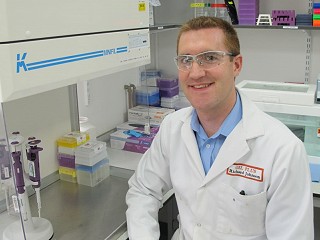Oilfield Microbiology

This year has been a busy one, not only with Oil Plus projects and continued lab support cover for the North Sea but also in terms of technical conference papers, specialised workshops, Joint Industry Projects (JIPs) and technical committee meetings ahead of the Reservoir Microbiology Forum (RMF) in November.
This month I’m heading off to the Middle East, along with other leading microbiologists to discuss and review all aspects of oilfield microbiology, as we look ahead at production within a low oil price environment.
I will be talking about the numerous issues microorganisms can cause in oil field systems, including microbiologically influenced corrosion (MIC), reservoir souring, biofouling and separation problems. Microorganisms are often controlled using biocides, however this is not a set up and leave solution. I would highly recommend a biocide selection screening and microbial monitoring programme be carried out in tandem, to ensure that the treatment chemicals are effective from both a technical and cost point of view.
An understanding of the type of data you get from different microbial monitoring tools is important and interpreting this correctly helps to bring a combined approach together. By using the most appropriate tools in the microbiologist’s tool box for routine monitoring, along with a rigorous biocide evaluation regime, these advances can be used to keep a close control on OPEX along with improving asset integrity and increasing production.
For my latest technical insights, check out our Resource Library.
